How many pairs of eyeglasses does one need? That depends on your vision needs, your vision insurance, your budget – and even your fashion sense.
Most people get prescription eyeglasses to correct their vision, but other speciality eyewear includes computer glasses to scale back digital eye strain, polarized sunglasses to scale back glare and block harmful ultraviolet rays, readers to assist you to see up close, and ski goggles and sports glasses for when you’re on the slopes or riding your motorcycle.
So, how many pairs of glasses does one need?
“There are lots more options available than there have been before,” says Clifford W. Brooks, OD, FAAO, of the Indiana University School of Optometry. “But people don’t consider speciality eyeglasses because they don’t recognize that they might be helped by them.”
Meet some people that have quite one pair of spectacles — and in one case nearly as many glasses as some people have shoes.
Sunglasses
Sunglasses are quite just a fashion accessory. Sunglasses are your first line of defence to shield your eyes against the damaging ultraviolet (UV) rays of the sun.
“No matter the season or the situation, people should protect their eyes with good quality sunglasses that block out UV light,” says American Optometric Association President Samuel D. Pierce, OD. “Even prescription glasses are often made with tints and full UV protection.”
But fashion appeal is very important, too — because it's often what drives a sunglasses purchase.
Bob Matsuoka of latest York City could be a sunglasses devotee. “They are like shoes for me!” He stores a pair of dozen non-prescription pairs in an exceedingly repurposed cigar humidor, able to pop on over his contact lenses for everyday wear.
“If I see a pleasant pair of sunglasses, I tend to induce them. They’re an expression of personality and fashion — nothing practical about them,” he says.
Matsuoka’s spectacles collection also extends to many more functional pairs of shades for his outdoor activities. Two pair are side-shielded to dam the wind when he’s riding his electric skateboard, and he has three sets of snowboarding goggles.
Reading Glasses
After age 40, virtually everyone starts noticing small print gets harder to read. This normal vision change is named presbyopia, and it’s an indication that it’s time for a watch exam — and possibly a prescription for progressive lenses or custom reading glasses.

A real person (Leigh Ann) wearing eyeglasses
Leigh Ann Newman, who had trouble reading, now has eight pairs of readers. (Photo provided by Leigh-Ann Newman)
When Leigh Ann Newman of Cavendish, Idaho, first had trouble reading, she consulted her medical specialist. Though a prescription wasn't yet necessary, the doctor suggested over-the-counter reading glasses.
Available virtually everywhere, these reading glasses are typically inexpensive and are available in an exceedingly big selection of magnifications, colours and designs.
“I have found them at airport speciality shops, hospital gift stores, the local grocery and even the dollar store,” Newman says, adding that she now owns eight different pairs, none of which cost over $20.
“Deciding to decorate with my glasses has made the transition fun instead of depressing.”
Vivian Young, of la, confesses to a “mild obsession” with readers that developed after she lost her first (and only) pair of prescription reading glasses in but every week.
“My eyeglass wardrobe is extensive and makes quite a sartorial statement,” Young says. “My readers include cat eye, rimless, aviator, rectangular tortoiseshell, plastic, round, half-eye — and every one different colour!”
Computer glasses
Our increasing dependence on digital devices — including computers, tablets and smartphones — has created a replacement category of vision problems called digital eye strain. Symptoms include dry and irritated eyes, blurred vision, light sensitivity and headache.
It is possible to use single vision lenses for computer glasses that are specially prescribed for the one viewing distance you sometimes use, Indiana University's Brooks says. a way better solution, he adds, is occupational progressive lenses that are specially designed for digital devices and your video display.
Occupational, or "office," progressive lenses will allow the wearer to work out clearly at the intermediate and new viewing distances needed to alleviate the discomfort of digital eye strain (also called computer vision syndrome).
Eye doctor Clifford Brooks before of video display wearing his computer glasses
Clifford W. Brooks says he was surprised at the difference his own pair of computer glasses has made in his comfort level. (Photo provided by Clifford W. Brooks)
For greater comfort, computer glasses should include an anti-reflective coating. Many eye care professionals also recommend including a blue light screening component that protects against UV radiation and high-energy visible blue light emitted by device screens.
Brooks points out that specially prescribed computer glasses provide significantly greater comfort than regular progressive lenses or bifocals when viewing a video display.
“The only way that screen goes to be clear (with regular progressives or bifocals) is that if you tilt your head back to work out it. That’s uncomfortable and you can’t really get a decent, clear view,” Brooks says.
Brooks says he was surprised at the difference his own pair of computer glasses has made in his comfort level, and he recommends them for people that spend lots of your time working before of a screen.

Sports glasses
Approximately 30,000 individuals find yourself in emergency departments within the U.S. every year with sports-related eye injuries, in line with a study published by JAMA Ophthalmology. a number of the injuries result from people wearing everyday eyewear that doesn't meet the security and performance standards required for sports and athletic use
Many of those potentially sight-threatening injuries can be prevented with eyeglasses that enhance sports performance.
A real person (Raja) wearing sunglasses
Raja Hamid relies on glacier glasses with photochromic lenses that block out the sun along the perimeters for mountain biking. (Photo provided by Raja Hamid)
The protective sports glasses category includes safety glasses and goggles, safety shields and eye guards designed for a selected sport.
“Sports eyewear is formed of stronger materials and designed for ultimate impact resistance and sturdiness,” says Pierce. “It is additionally designed for ultimate comfort, fit and coverage to shield from elements, like sun, water or wind.”
New York City resident Raja Hamid relies on three different kinds of protective glasses while sporting.
For biking at the hours of darkness, he wears clear, wrap-around lenses to shield his eyes from airborne dust and debris. While mountain biking, he sports pricey glacier glasses with photochromic lenses and sun-blocking side shields.
For ice climbing, Hamid uses belay glasses — sports glasses with special prism lenses that expand the wearer's vertical field of view.
“I use the belay glasses when I’m on the bottom and my partner is climbing up a rock face or gym wall, instead of craning my neck up to look at them as I feed out the rope,” Hamid says.

Fashion
Finally, eyeglasses as a fashion statement could be a definite fad, one that even The Wall Street Journal weighed in on recently.
In Atlanta, Danica Kombol has assembled a set of on-trend glasses for various occasions that reflects her inner fashionista.
“My daily specs are large, geeky glasses. I add social media, so it matches my brand,” she says. “For the evening, I've got a reasonable pair of blue-tinted Prada glasses that are much softer and signal a more glam look.
“I even have glasses for gardening — an old pair that I don’t mind getting splattered by dirt,” Kombol adds.
A real person (Carol) wearing eyeglasses
Carol Wallace never wants to scramble to search out her glasses, so she has multiple pairs stashed around her home and office. (Photo provided by Carol Wallace)
One final reason some people have quite one pair of glasses? they require to own a spare.
“I grew up with an exquisite mother who spent quarter-hour every morning asking, ‘Where are my glasses?’ I wanted to create sure I used to be never that person!” says Carol Wallace of Greenwich, Connecticut.
Wallace now contains a dozen inexpensive readers in five different styles and multiple colours stashed around her home and office that she will be able to grab PRN.
Can one or more of those speciality eyewear options work for you? If you're employed on a video display all day, computer glasses can protect your vision yet as make it easier to read what’s on your screen. If you spend lots of your time outside — or your kids do — sunglasses are a requirement to safeguard your sight.
Check with your medical specialist and kindle recommendations about which lenses, coatings and frames are the simplest choices for your specific needs. And don’t forget to ask if your vision insurance will facilitate you're economizing on your eyewear purchases.

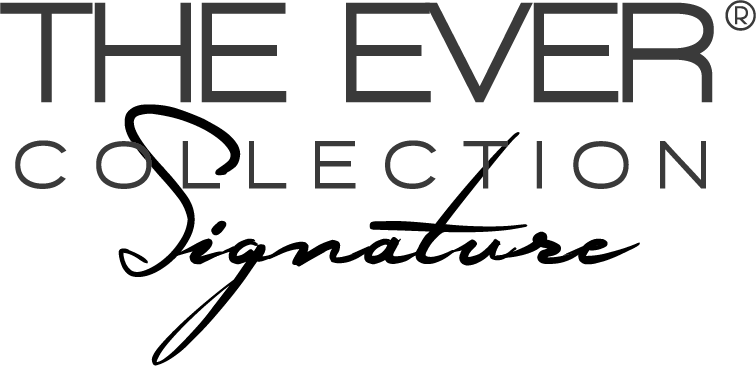
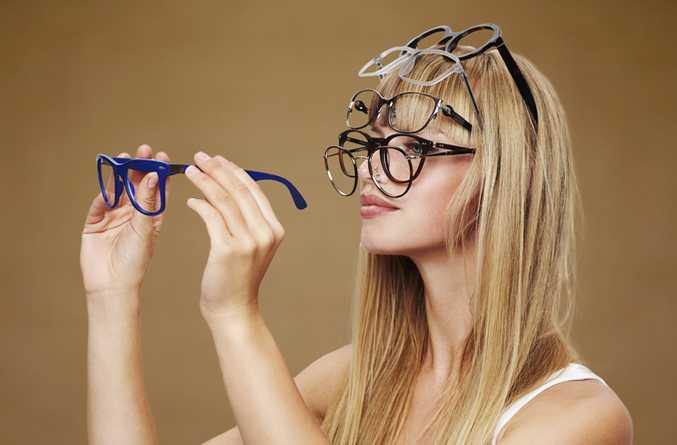
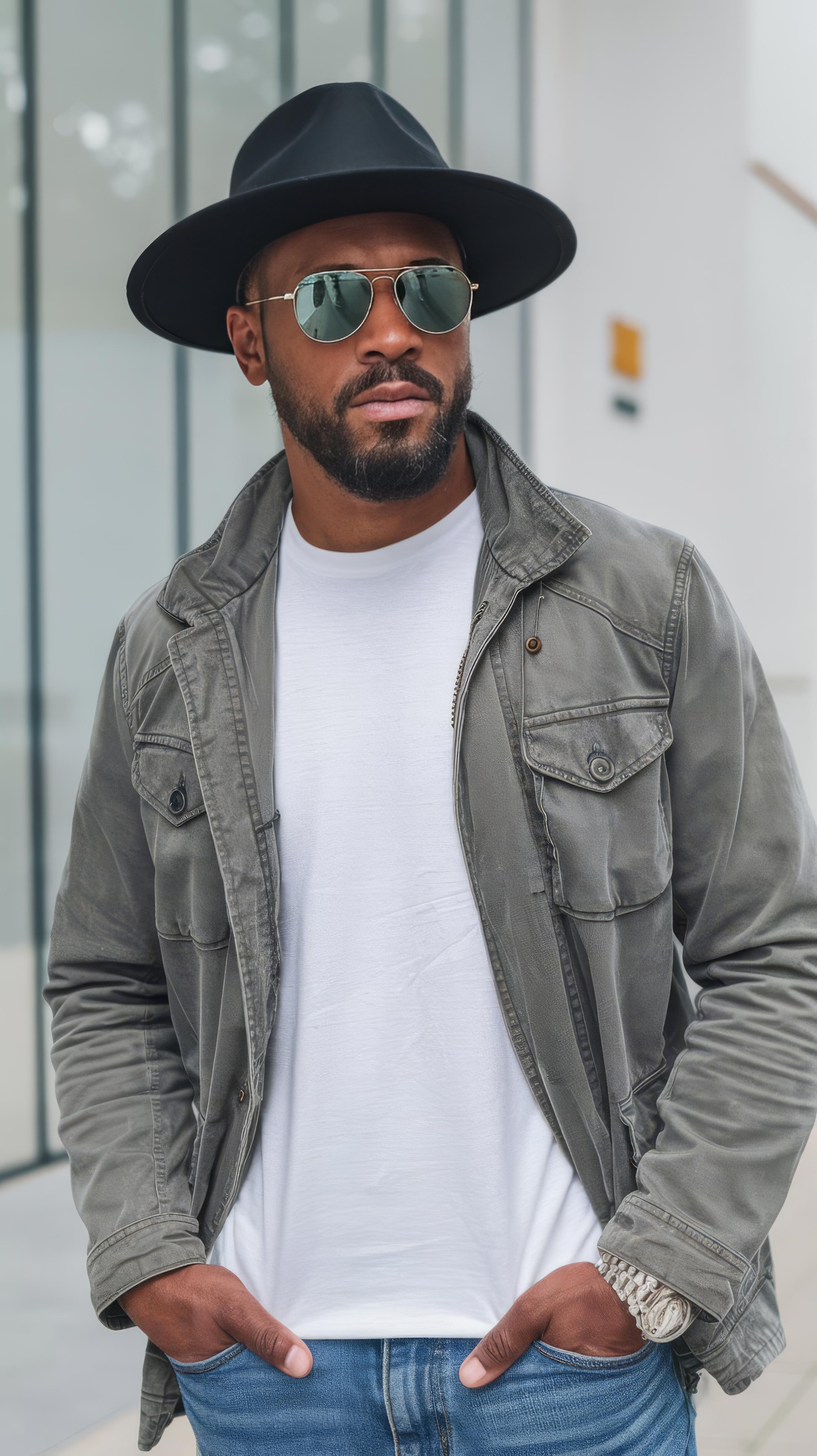

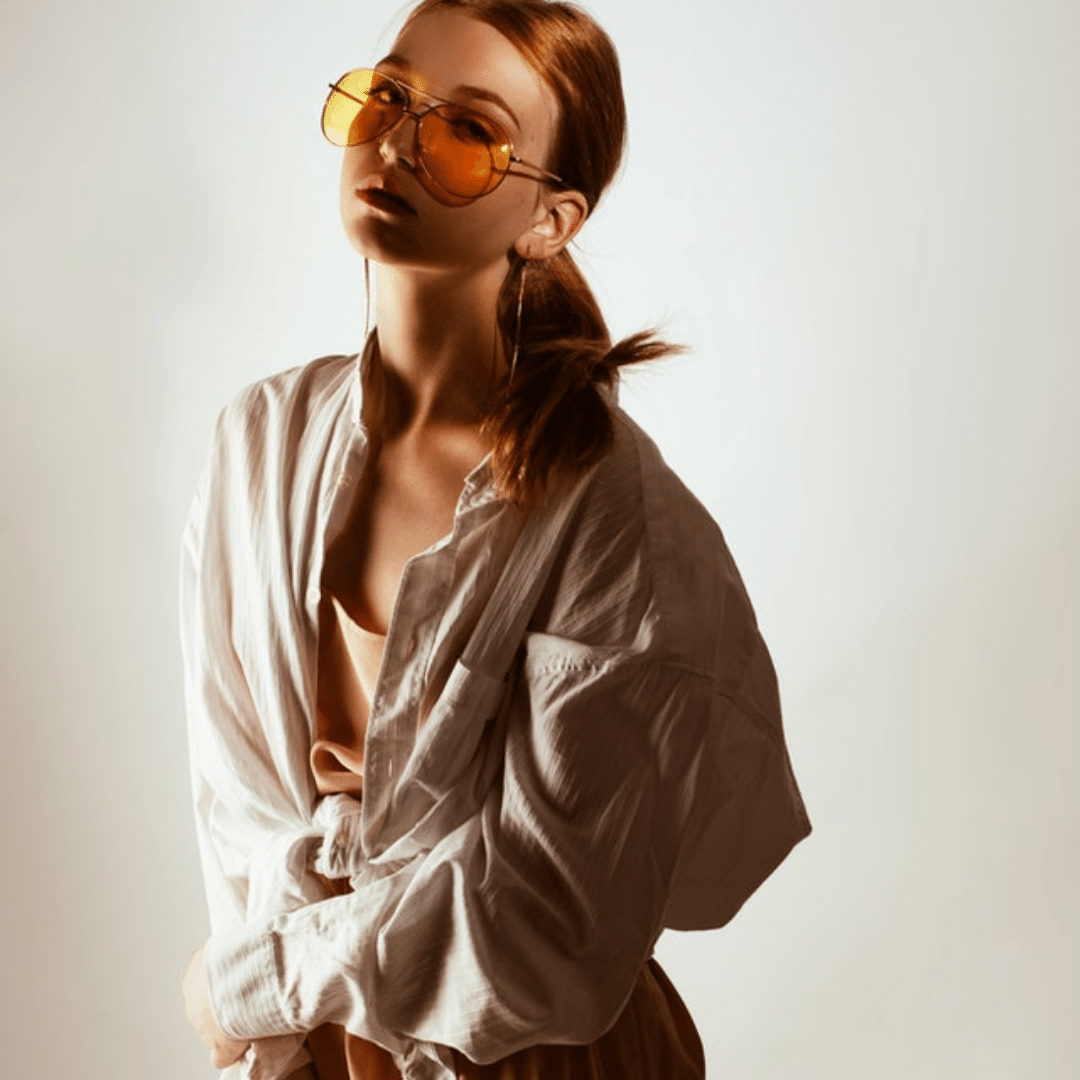
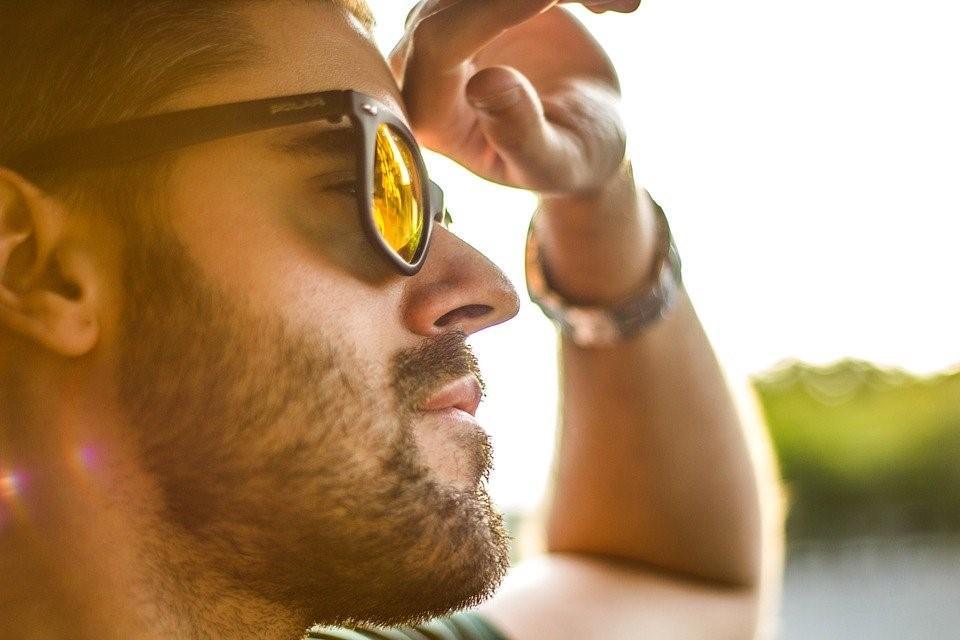
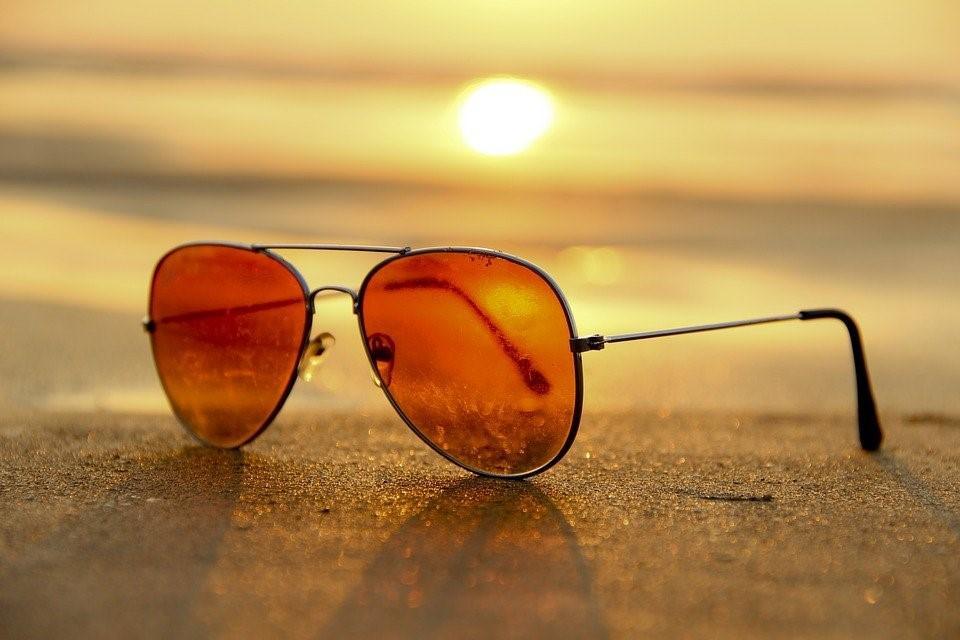
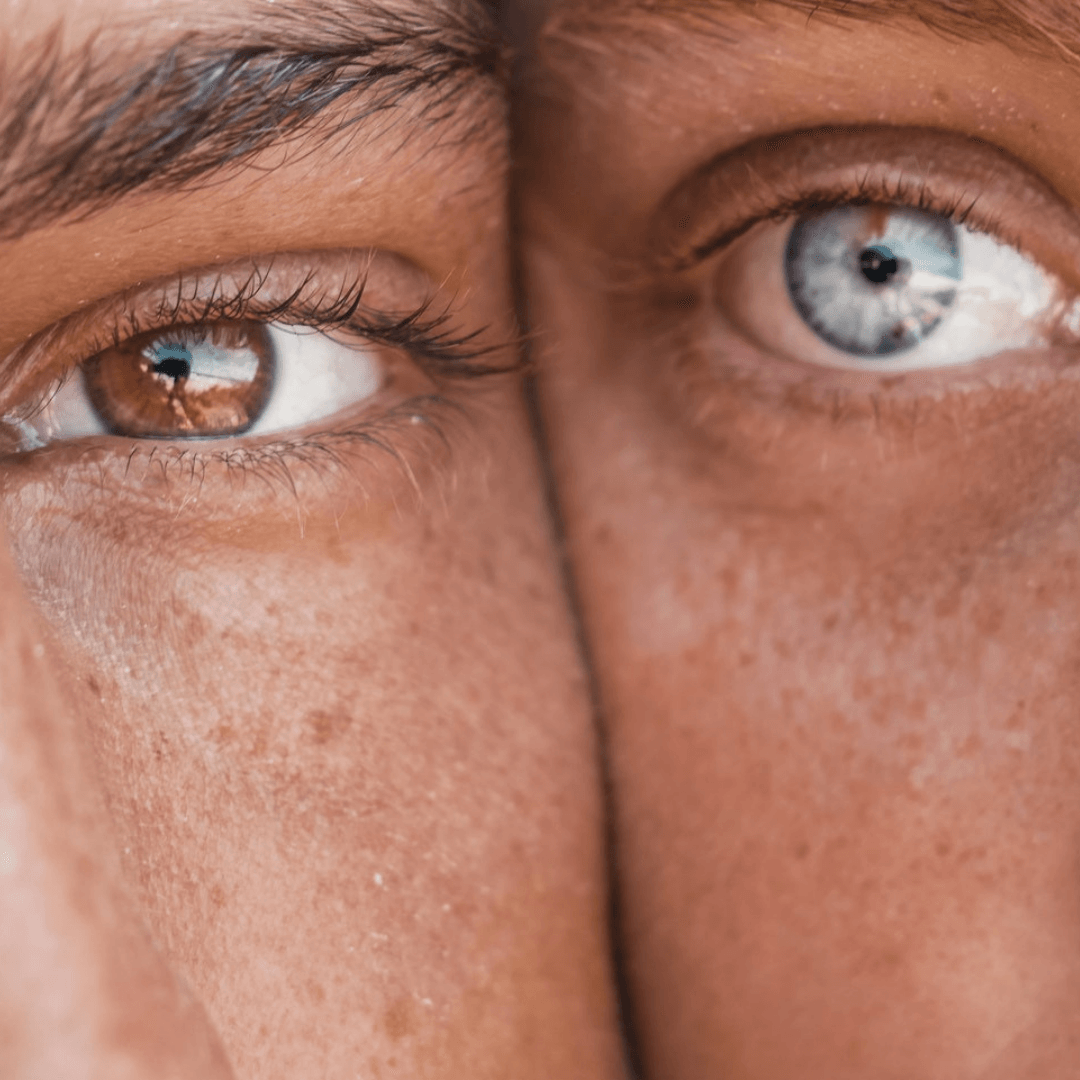

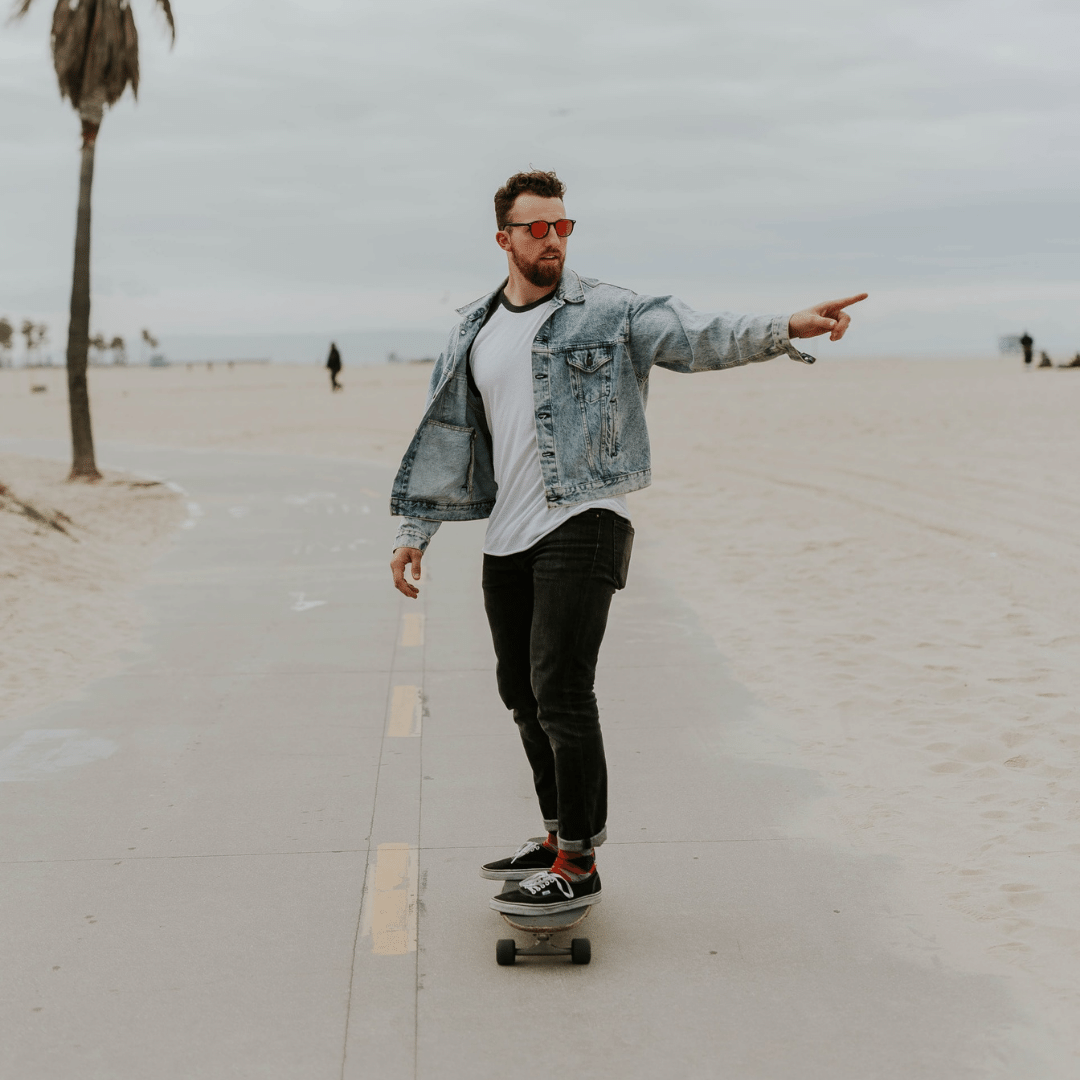


Share:
Here are the Best Women's Sunglasses in 2020
Cheap glasses: How to find a bargain on eyeglasses